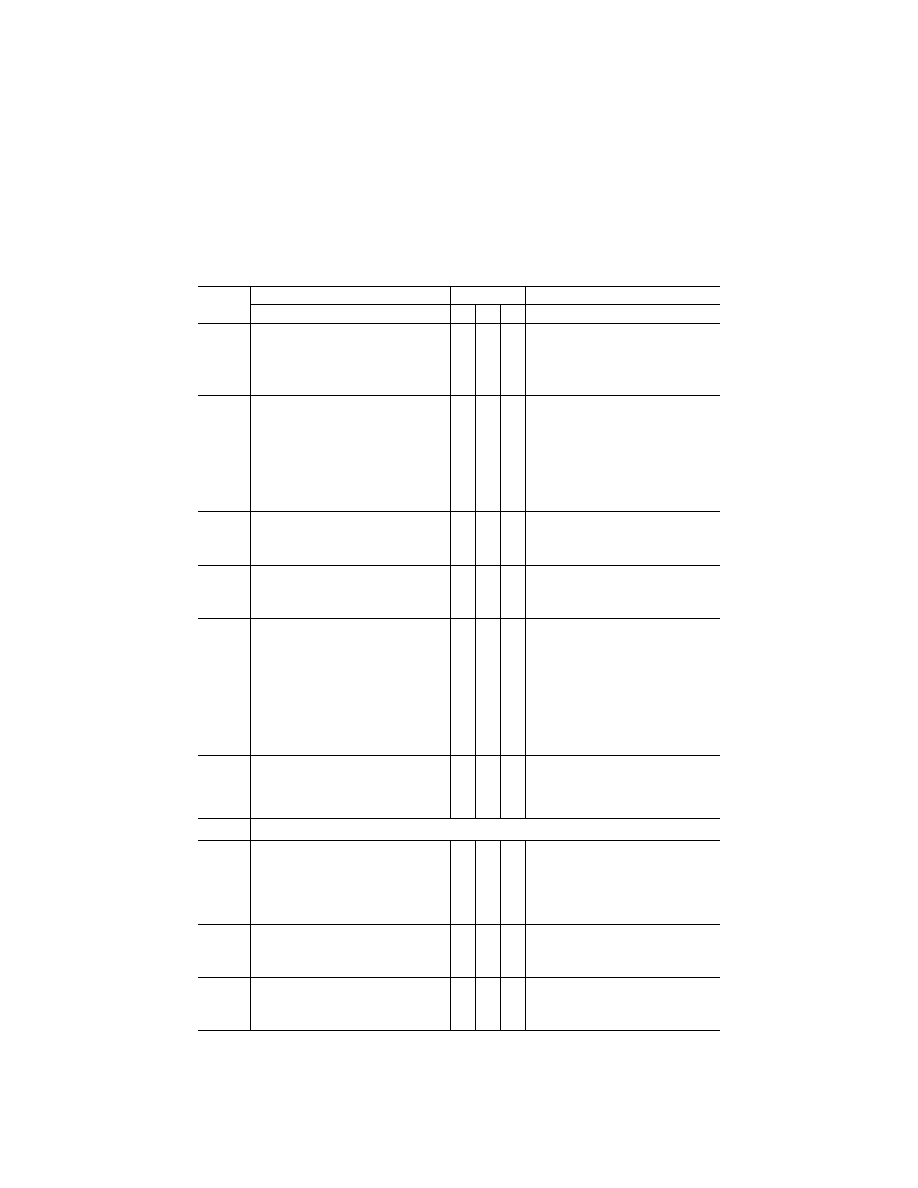
328
14 CFR Ch. I (1–1–19 Edition)
Pt. 60, App. C
T
ABLE
C1A—M
INIMUM
S
IMULATOR
R
EQUIREMENTS
—Continued
Entry No.
QPS requirements
Simulator levels
Information
General simulator requirements
B
C
D
Notes
2.d. ...........
The simulator must provide for manual and
automatic testing of simulator hardware and
software programming to determine compli-
ance with simulator objective tests as pre-
scribed in Attachment 2 of this appendix.
An SOC is required
X
X
This may include an automated system, which
could be used for conducting at least a por-
tion of the QTG tests. Automatic ‘‘flagging’’
of out-of-tolerance situations is encouraged.
2.e. ...........
The relative responses of the motion system,
visual system, and flight deck instruments
must be measured by latency tests or trans-
port delay tests. Motion onset must occur
before the end of the scan of that video
field. Instrument response may not occur
prior to motion onset. Test results must be
within the following limits:
The intent is to verify that the simulator pro-
vides instrument, motion, and visual cues
that are like the helicopter responses within
the stated time delays. It is preferable mo-
tion onset occur before the start of the vis-
ual scene change (the start of the scan of
the first video field containing different infor-
mation). For helicopter response, accelera-
tion in the appropriate corresponding rota-
tional axis is preferred.
2.e.1. ........
Response must be within 150 milliseconds of
the helicopter response.
X
2.e.2. ........
Response must be within 100 milliseconds of
the helicopter response.
X X
2.f. ............
The simulator must simulate brake and tire
failure dynamics (including antiskid failure, if
appropriate).
An SOC is required. ..........................................
X
X
The simulator should represent the motion (in
the appropriate axes) and the directional
control characteristics of the helicopter when
experiencing simulated brake or tire failures.
2.g. ...........
The aerodynamic modeling in the simulator
must include:.
(1) Ground effect,
(2) Effects of airframe and rotor icing (if appli-
cable),
(3) Aerodynamic interference effects between
the rotor wake and fuselage,
(4) Influence of the rotor on control and sta-
bilization systems,
(5) Representations of settling with power, and
(6) Retreating blade stall.
An SOC is required.
X
X
See Attachment 2 of this appendix for further
information on ground effect.
2.h. ...........
The simulator must provide for realistic mass
properties, including gross weight, center of
gravity, and moments of inertia as a function
of payload and fuel loading.
An SOC is required.
X X X
3.
..............
Equipment Operation
3.a. ...........
All relevant instrument indications involved in
the simulation of the helicopter must auto-
matically respond to control movement or
external disturbances to the simulated heli-
copter; e.g., turbulence or windshear. Nu-
merical values must be presented in the ap-
propriate units.
X X X
3.b. ...........
Communications, navigation, caution, and
warning equipment must be installed and
operate within the tolerances applicable for
the helicopter being simulated.
X
X
X
See Attachment 3 of this appendix for further
information regarding long-range navigation
equipment.
3.c. ...........
Simulated helicopter systems must operate as
the helicopter systems operate under nor-
mal, abnormal, and emergency operating
conditions on the ground and in flight.
X X X
VerDate Sep<11>2014
16:30 Jun 25, 2019
Jkt 247047
PO 00000
Frm 00338
Fmt 8010
Sfmt 8002
Q:\14\14V2.TXT
PC31
kpayne on VMOFRWIN702 with $$_JOB